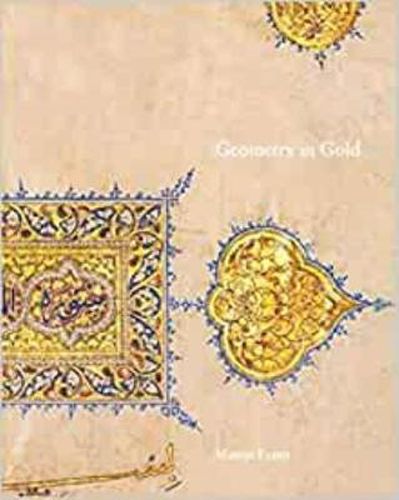Readings Newsletter
Become a Readings Member to make your shopping experience even easier.
Sign in or sign up for free!
You’re not far away from qualifying for FREE standard shipping within Australia
You’ve qualified for FREE standard shipping within Australia
The cart is loading…






This book is devoted to a monumental and superbly illuminated very large early fourteenth-century Mamluk Qur'an in muhaqqaq script. It constitutes the final part (JuzO 30) of a superb two-volume QurOan of which the first volume is preserved in the National Museum in Damascus while the second volume, from which the present section originates, is widely dispersed. Remarkably, here the final part of the QurOan is reunited with its magnificent and richly decorated double finispieces, thus reassembling what must have been among the most striking and lavishly illuminated sections of the entire manuscript. The high degree of inventiveness along with the overall quality of the manuscript point to the work of a master artist. Especially the geometric proficiency suggests the work of Muhammad ibn Mubadir, one of the leading illuminators in Mamluk Cairo at the turn of the thirteenth century. Although little is known of the life of this artist, his illumination in the Baybars al-Jashnagir QurOan, now in the British Library, and a QurOan copied in 1306-10 for an unknown patron, now in the Chester Beatty Library, constitute some of the most celebrated achievements of Mamluk QurOan illumination.
$9.00 standard shipping within Australia
FREE standard shipping within Australia for orders over $100.00
Express & International shipping calculated at checkout
This book is devoted to a monumental and superbly illuminated very large early fourteenth-century Mamluk Qur'an in muhaqqaq script. It constitutes the final part (JuzO 30) of a superb two-volume QurOan of which the first volume is preserved in the National Museum in Damascus while the second volume, from which the present section originates, is widely dispersed. Remarkably, here the final part of the QurOan is reunited with its magnificent and richly decorated double finispieces, thus reassembling what must have been among the most striking and lavishly illuminated sections of the entire manuscript. The high degree of inventiveness along with the overall quality of the manuscript point to the work of a master artist. Especially the geometric proficiency suggests the work of Muhammad ibn Mubadir, one of the leading illuminators in Mamluk Cairo at the turn of the thirteenth century. Although little is known of the life of this artist, his illumination in the Baybars al-Jashnagir QurOan, now in the British Library, and a QurOan copied in 1306-10 for an unknown patron, now in the Chester Beatty Library, constitute some of the most celebrated achievements of Mamluk QurOan illumination.